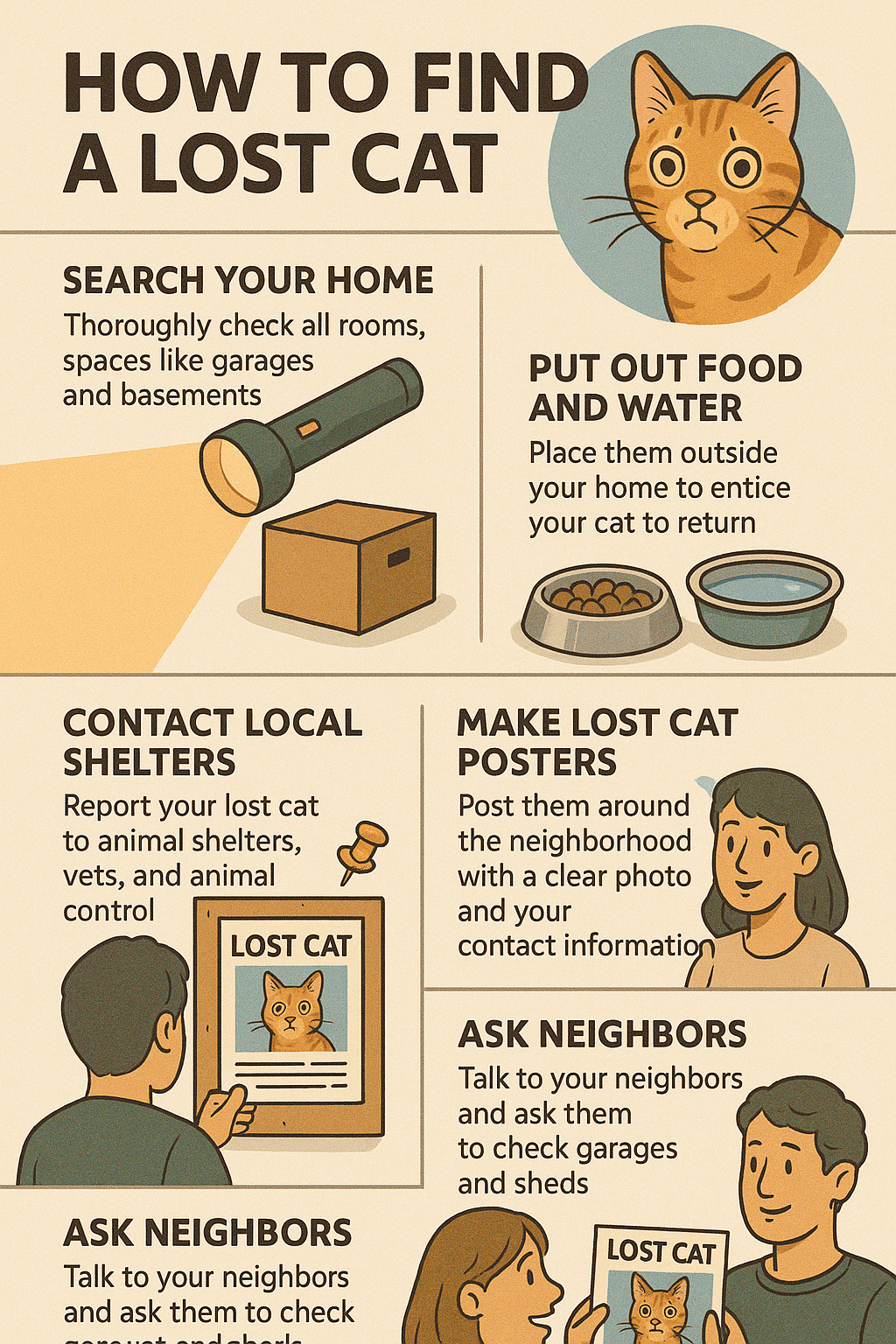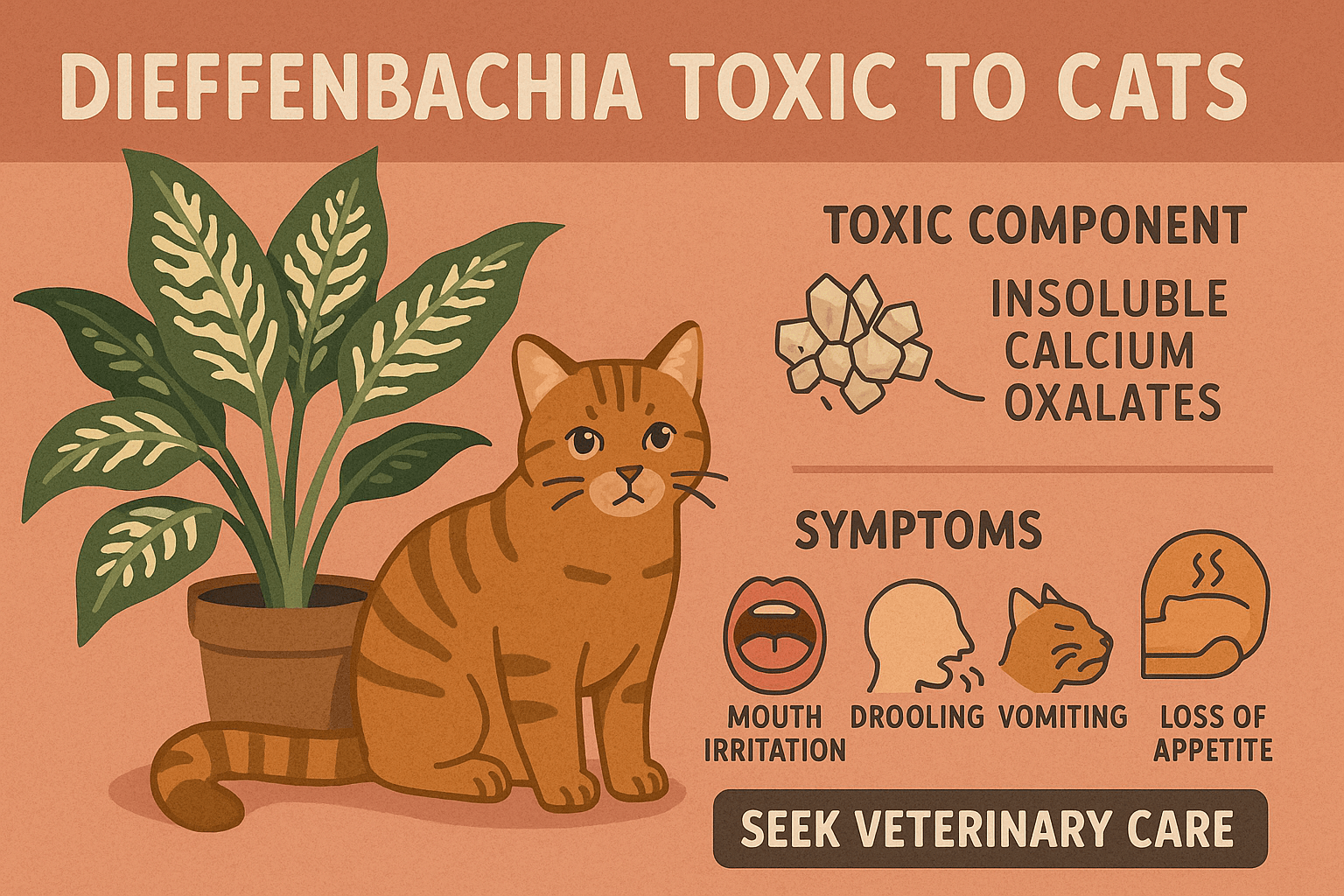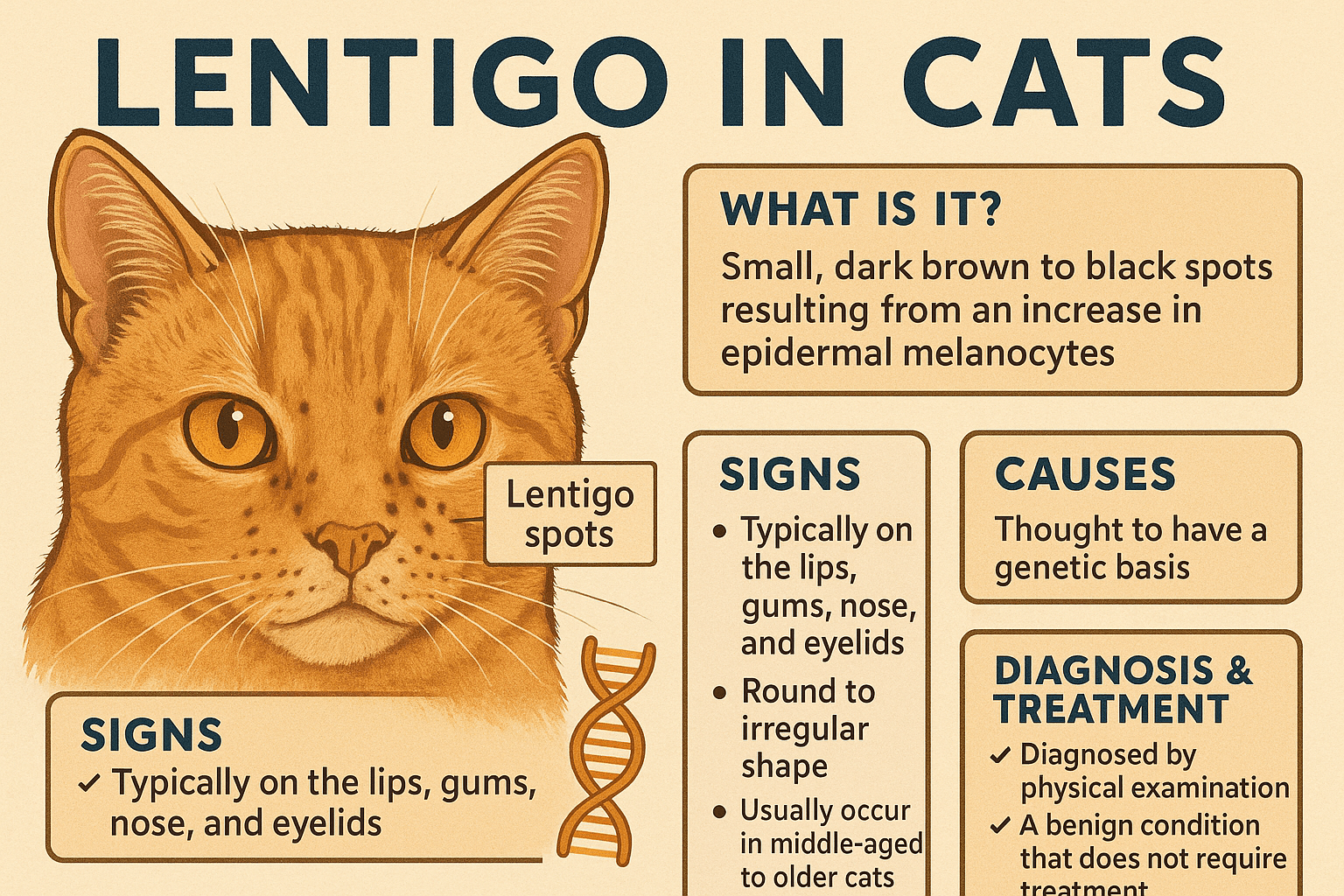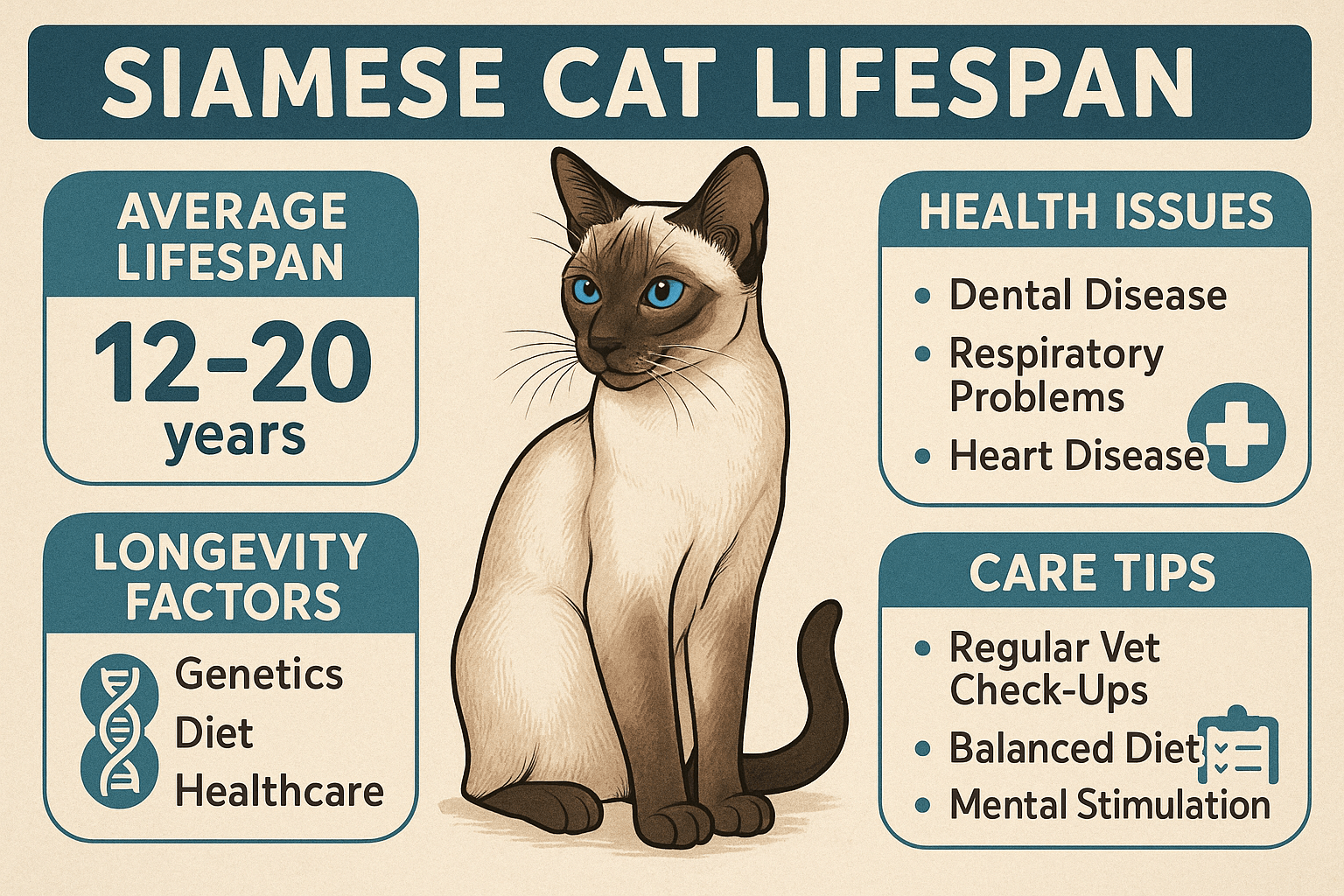How Long to Keep a Cat Confined After Spay: A Guide to Recovery
Spaying your cat is one of the most responsible decisions you can make as a pet owner. This routine surgical procedure not only helps control the pet population but also offers health benefits, such as reducing the risk of certain cancers and infections. However, proper post-operative care is crucial to ensure your feline friend heals safely and comfortably. One common question many owners have is, “How long should I keep my cat confined after spay?” Confinement plays a key role in preventing complications and promoting a smooth recovery.
In this article, we’ll explore the ideal duration for confinement, tips for managing your cat’s activity levels, and how to create a safe and supportive environment during their healing journey.
Post-Spay Guidelines: How Long Should You Confine Your Cat?
The length of time your cat needs to be confined after spaying depends on several factors, including their age, energy level, and overall health. Veterinarians typically provide specific instructions, but general guidelines can help you understand what to expect. Here’s an overview of the recommended confinement period:
First 48 Hours :
Keep your cat in a quiet, small space to monitor for any immediate complications.Days 3-7 :
Continue limiting movement to prevent stress on the incision site and allow initial healing.Weeks 1-2 :
Gradually introduce short, supervised periods of activity while maintaining rest as the priority.Weeks 3-4 :
Most cats can resume normal activity by this time, provided there are no signs of complications.Individual Variations :
Older or more active cats may require extended confinement compared to younger, calmer ones.
Following these timelines ensures your cat has the best chance at a full recovery. Always consult your vet if you’re unsure about adjusting their activity levels.
When to Ease Up on Confinement: Indicators of Healing
While confinement is essential, it’s equally important to recognize when your cat is ready to regain some independence. Pay attention to these signs that indicate your cat is healing well and can handle limited freedom:
Incision Site Healed :
The surgical area should appear closed, clean, and free of redness or swelling.Normal Energy Levels :
Your cat shows interest in playing or exploring without excessive fatigue.No Excessive Licking or Chewing :
Lack of obsessive grooming near the incision suggests reduced discomfort.Appetite Returns to Normal :
A healthy appetite indicates your cat feels better and is recovering properly.No Signs of Pain :
Your cat moves comfortably without limping, vocalizing, or showing reluctance to walk.
If your cat displays these positive signs, you can begin easing them back into their regular routine. However, always proceed cautiously to avoid setbacks.

Confinement Tips | Activities to Avoid During Recovery |
|---|---|
Use a small room or crate for limited space | Jumping onto furniture or high surfaces |
Provide soft bedding near the litter box | Running, climbing, or vigorous play |
Monitor eating and drinking habits daily | Roughhousing with other pets |
Keep the environment quiet and low-stress | Scratching or licking the incision site |
Offer calming products like pheromone sprays | Outdoor adventures or exposure to unfamiliar places |
Making Confinement Easier: How to Keep Your Cat Happy and Healthy
Confining your cat after spaying can feel challenging, especially if they’re used to roaming freely. However, creating a comfortable and engaging space can make the process smoother for both you and your pet. Here are some tips to manage confinement effectively:
Create a Cozy Space :
Set up a quiet room or corner with blankets, toys, and familiar scents.Offer Mental Stimulation :
Puzzle feeders or treat-dispensing toys can keep your cat entertained without physical exertion.Stick to a Routine :
Maintain consistent feeding, cleaning, and interaction schedules to reduce anxiety.Use Calming Products :
Pheromone diffusers or calming sprays can help soothe nervous cats.Provide Gentle Attention :
Spend time talking softly or petting your cat to reassure them they’re loved.
By focusing on comfort and engagement, you can minimize stress and ensure your cat remains happy during their recovery.
Red Flags: Signs Your Cat Needs Veterinary Attention
While most spay surgeries go smoothly, complications can occasionally arise. It’s important to stay vigilant and seek veterinary care if you notice any of these warning signs:
Excessive Swelling or Redness :
Persistent inflammation around the incision may indicate infection.Discharge or Bleeding :
Any pus-like discharge or continuous bleeding requires immediate attention.Lethargy or Loss of Appetite :
Unusual tiredness or refusal to eat could signal underlying issues.Difficulty Using the Litter Box :
Straining to urinate or defecate might point to internal problems.Behavioral Changes :
Aggression, hiding excessively, or vocalizing pain shouldn’t be ignored.
Early intervention is key to addressing potential complications. Trust your instincts—if something seems off, contact your vet promptly.
Calming Your Cat: How to Minimize Anxiety During Confinement
Confinement can be stressful for cats, especially those who are naturally active or curious. However, there are several strategies you can use to keep your cat calm and content during their recovery period. Here are some effective tips:
Limit Noise and Distractions :
Keep the recovery area quiet and away from loud appliances or high-traffic zones.Use Familiar Items :
Place your cat’s favorite blanket, toy, or bed in the confined space to provide comfort.Offer Treats as Rewards :
Reward calm behavior with small treats to reinforce positive habits.Maintain Close Proximity :
Spend time near your cat to reassure them they’re not alone.Avoid Overstimulation :
Limit interactions that might excite or overstimulate your cat, such as rough play.
By reducing stressors and creating a peaceful environment, you can help your cat feel more secure during their confinement. A calm cat is more likely to heal quickly and without complications.
When to Be Concerned: Identifying Delayed Recovery Symptoms
While most cats recover smoothly after spaying, some may experience setbacks. Being able to recognize signs of improper healing allows you to act swiftly and seek veterinary care if needed. Here’s what to watch for:
Persistent Vomiting or Diarrhea :
Digestive issues could indicate an underlying problem requiring attention.Fever or Shivering :
Elevated body temperature or shivering may signal infection or pain.Swollen Abdomen :
Unusual bloating could suggest internal complications, such as fluid buildup.Excessive Grooming of the Incision :
Constant licking or biting at the incision site may lead to reopening or infection.Refusal to Move or Walk :
Reluctance to engage in normal activities may point to discomfort or pain.
If you notice any of these symptoms, don’t hesitate to contact your veterinarian. Early intervention can prevent minor issues from becoming serious problems.
Keeping Things Interesting: Activities for a Bored Cat
Confinement doesn’t have to mean boredom! With a little creativity, you can keep your cat entertained and engaged while they recover. Here are some fun ideas to try:
Interactive Toys :
Wand toys or battery-operated mice can entertain your cat without requiring much physical effort.Window Perches :
Set up a cozy spot where your cat can safely watch birds or outdoor activity.Food Puzzles :
Hide treats in puzzle toys to stimulate your cat’s mind and satisfy their hunting instincts.Soft Music or White Noise :
Play calming sounds to create a soothing atmosphere in the recovery area.Gentle Play Sessions :
Use feather teasers or soft toys for short, low-energy playtimes to lift their spirits.
Providing mental and emotional stimulation helps prevent boredom and frustration during confinement. A happy cat is more likely to stay relaxed and focused on healing.
Frequently Asked Questions About Post-Spay Care
Can I let my cat outside during recovery?
No, outdoor access increases the risk of injury or infection. Wait until fully healed.
What should I do if my cat tries to jump?
Block access to high surfaces and gently redirect their behavior.
How long does it take for stitches to dissolve?
Dissolvable sutures typically take 10-14 days to break down completely.
Should I use an Elizabethan collar?
Yes, if your cat licks or chews at the incision; it protects against irritation.
When can I bathe my cat after surgery?
Avoid bathing until the incision has fully healed, usually within 10-14 days.
Final Thoughts: Supporting Your Cat Through Recovery
Confining your cat after spaying may feel restrictive, but it’s a vital step in ensuring their long-term health and happiness. By following the recommended guidelines, monitoring for complications, and providing plenty of love and support, you can help your cat recover quickly and comfortably. Remember, patience is key—your furry companion relies on you to guide them through this critical period. With proper care and attention, your cat will soon be back to their playful, energetic self, enjoying life to the fullest. Embrace this opportunity to nurture your bond and celebrate the joy your cat brings to your home.
How to Find a Lost Cat: Best 7 Expert Tips! Discover actionable strategies to locate your missing cat, understand their behavior, and prevent future escapes with expert advice.
Is Dieffenbachia Toxic to Cats? Best 7 Expert Tips! Discover the dangers of Dieffenbachia, symptoms of poisoning, and how to keep your cat safe with expert advice and preventive measures.
Lentigo in Cats: Best 7 Expert Tips! Discover expert advice on understanding, identifying, and managing lentigo in cats to ensure your feline's health and happiness.
Siamese Cat Lifespan: Best 7 Expert Tips! Discover how to maximize your Siamese cat’s longevity with expert advice on health, care, and lifestyle for a happy, thriving feline companion.





